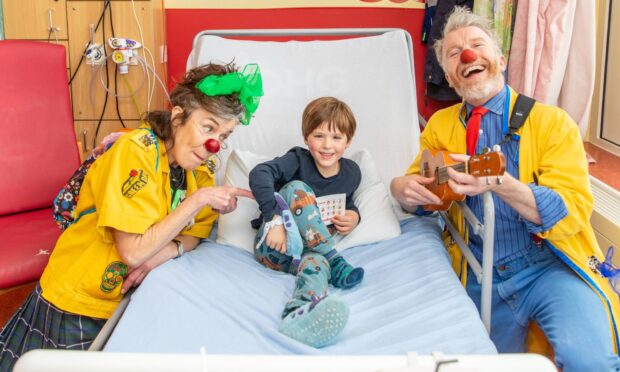Although half of us will get cancer at some point in our lives, over the past 40 years survival rates have doubled.
Back in the 1970s, a quarter of people survived the disease for 10 years or more, but today around half survive.
However, this still varies greatly depending on the type of cancer and how quickly it’s diagnosed.
Cancer Research UK (CRUK) says survival ranges from 98% for testicular cancer to just 1% for pancreatic cancer.
The Less Survivable Cancers Taskforce (LSCT) highlights the critical importance of early diagnosis in improving survival and quality of life for people with one of the six ‘less survivable cancers’.
What are the less survivable cancers?
They are lung, liver, brain, oesophageal, pancreatic and stomach – diagnosed in more than 80,000 people in the UK every year and responsible for nearly half of all common cancer deaths.
A major part of the reason these cancers have lower survival rates is they’re generally more difficult to diagnose.
It it’s difficult getting through to a GP, keep trying.
Earlier diagnosis can make all the difference.
“Early diagnosis can make an enormous difference to life expectancy for people with less survivable cancers, so it’s crucial everyone is aware of the symptoms and that they seek medical help as soon as possible if they have any concerns,” stresses Anna Jewell, chair of the LSCT.
Dr Rachel Orritt, health information manager at CRUK, agrees: “It probably won’t be cancer. But if it is, spotting it early means treatment is more likely to be successful.
“If it’s difficult getting through to a GP practice or getting an appointment, keep trying. Earlier diagnosis can make all the difference.”
Early warning signs and symptoms
But for peace of mind and to ensure any problems are picked up early, it’s always best to get these possible warning signs checked out urgently…
Brain: Vision and speech problems, headaches, nausea, vomiting, seizures, and mental or behavioural changes.
Liver: Unexpected weight loss, loss of appetite, feeling and being sick, pain or swelling in your abdomen, jaundice, itchy skin, tiredness, fever, vomiting blood, and dark urine.

Lung: A persistent cough, coughing up blood, chest pain, unexpected weight loss, loss of appetite, shortness of breath, feeling tired or weak.
Oesophageal: Difficulty swallowing, indigestion or heartburn, loss of appetite, vomiting, stomach, chest or back pain, a persistent cough, hoarseness, tiredness and shortness of breath.
Pancreatic: Pain in the back or stomach, loss of appetite, unexpected weight loss, yellowing of the skin and whites of the eyes (jaundice), indigestion, changes in bowel habits.
Stomach: Indigestion that doesn’t go away, trapped wind, heartburn, feeling bloated or full very quickly when eating small amounts, feeling or being sick, tummy pain or pain behind the breastbone, difficulty swallowing, unexpected weight loss.











